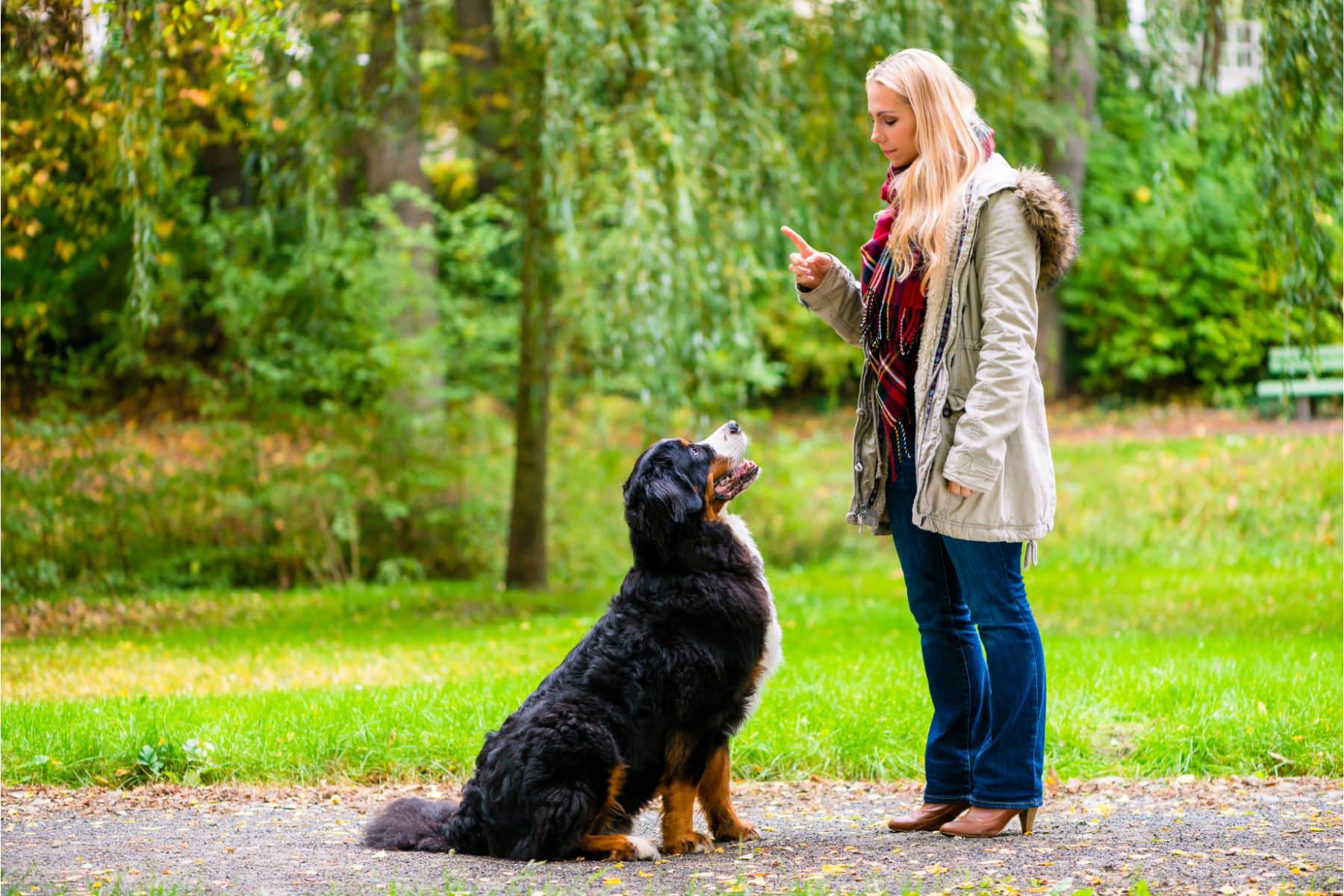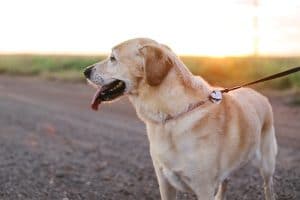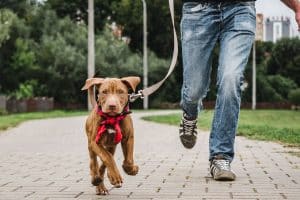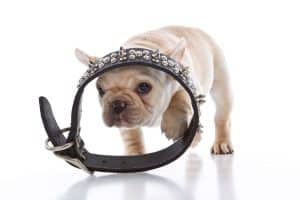Dogs can be trained with a training lead. The lead is used to teach them to walk on a lead and to stay on their lead.
There are many types of leads and many types of dogs. This article will give you an introduction to the most common types, their uses and some tips on how to use them properly.
Training a dog can be a daunting task. When you have a strong dog, you know, you can use the training leads to help them understand the commands. This is a very important guide for you.
Different Types Of Training Leads
There are several different types of training leads which can be used for your dogs and some might work better than others.
Long Training Leads
There are several reasons for why long training leads are used and it depends on what you are training and the type of dog you have.
If you have a very reactive dog, this tends to be a very good option and if you are practicing recalls, it can be very useful.
They are also used for behavior adjustment training too and can be very effective. It is great for controlling your dog while they are running free.
You might not want them completely off a lead for this type of training if they do not listen to your whistle.
- When deciding on what length would be best, you need to think about how far or how close you need them for the training. If you want to train them running free, they will need a 10m scratch of lead so they can properly run.
- A 5m leash is great for training in shorter distances where your dog can move freely to sniff around while you reel it out. If it is longer, you will not be able to hold or control it for the same purposes.
Short Lead Training
short leash training (see also ‘Cons Of Using A Double Dog Leash‘) is used for close control over your dog. This will teach them to walk next to you if you want.
This always helps dogs who pull quite a bit on a walk. For people who do not live in a place where their dog can walk further distances on a lead, a city environment is perfect for a shorter leash.
This will prevent your dog from walking in the road close to cars and people.
If you find yourself having a slightly aggressive dog, this is also the best leash to use with treats because you can keep them close and have more control over them.
Lead Training For Puppies
If you are trying to train your puppy, you need to start with getting them to wear their collar or harness easily and without discomfort.
You should start to get them wearing them inside of your home so they feel more comfortable, then you can go outdoors.
Walking your dog on a lead is not something they immediately just know how to do, they need to learn.
It is very important that there is not hard pulling or tugging on the lead because this will not help their training.
- Teaching them a cue is one of the most important parts of the training. Even Though it might sound basic, it is what they will always remember and respond to. This is usually the click of the lead or ‘’treat’’. Once they start responding to this, you need to make sure you are rewarding your pet immediately so they do not forget why they are being rewarded.
- You need to start off with another basic task of making your dog come to you. You can reward them every time they come to you inside of your home as these skills will be carried into the outdoors training.
- There will be many challenges when you step outside with your puppy, but these basic skills they already know will help you greatly. Now you are outside, you will have to use a lead to train them as well.
Loose Leash Training
Loose leash training is ideal in your puppies first walks because it will give them a little bit of room to sniff around and get used to the outdoors surroundings (see also ‘Teaching Your Puppy To Walk On Leash‘).
- What should you do if your pup is pulling on the leash? If the pulling occurs in a different direction, you need to make sure you stand completely still until they stop pulling away. They need to know that you are in control and they must go where you go when they are training.
- If your puppies start pouncing in different directions and different distractions you should distract them yourself. Dogs are usually trained best with treats because it is something they will always want. If you offer them a treat, they will forget about the distraction. In the first stages of training with a lead, you need to make sure you are alert to things around you because you don’t know what might distract them.
- Barking can also be an issue for a lot of dogs on a walk. You can use the same sort of process of treats to distract them and stop them barking at people or other dogs. You need to make sure your dog is getting the correct stimulation as well everyday.
You might think that this is going to be a lot of treats. However, as your dog continues the training overtime, you will start to decrease the amount of treats you are giving them.
You will only reward them when necessary and not for every little thing.
Top Tips
- There are many elements to dog training with a lead that can affect how well it goes. You need to be thinking about your own mood that day and how you are acting and your patience levels. There is also the stimulation your dog is getting mentally throughout the day. If they do not get much mental stimulation, they are likely to go a bit wild when on a walk with bursts of energy.
- Your dog’s health can also be a factor that can determine how well your training is going and excitement levels.
- You need to make sure you are consistent with your training and not change it all the time because it will confuse your pet. It needs to be clear and simple for them so they can remember and get rewarded when they do it right.
Conclusion
Overall, you need to make sure you are using the right leash for the right occasion.
You don’t want to be using a long leash for a walk in a busy area because you will have a lack of control.
However, when training in an open field, they are the best to train your dog over longer distances.
Hopefully this guide has given some good tips on the type of lead training you need to be doing with your dog from an early age and the stages you need to go through to have successful walks.
It is not only the walking that is the issue but it can also be barking and lunging which you can control with your leash and treats.
Frequently Asked Questions
Are Training Leads Good For Dogs?
You’ve heard the saying, “If you want your dog to listen to you, you have to listen to your dog.” Is that true?
Well, some dogs do seem to respond better to training when they’re working with their owners.
You need to take control of your dog and also reward them while using their training lead. Rewards are one of the best ways to train your dog and it is easier from a younger age.




